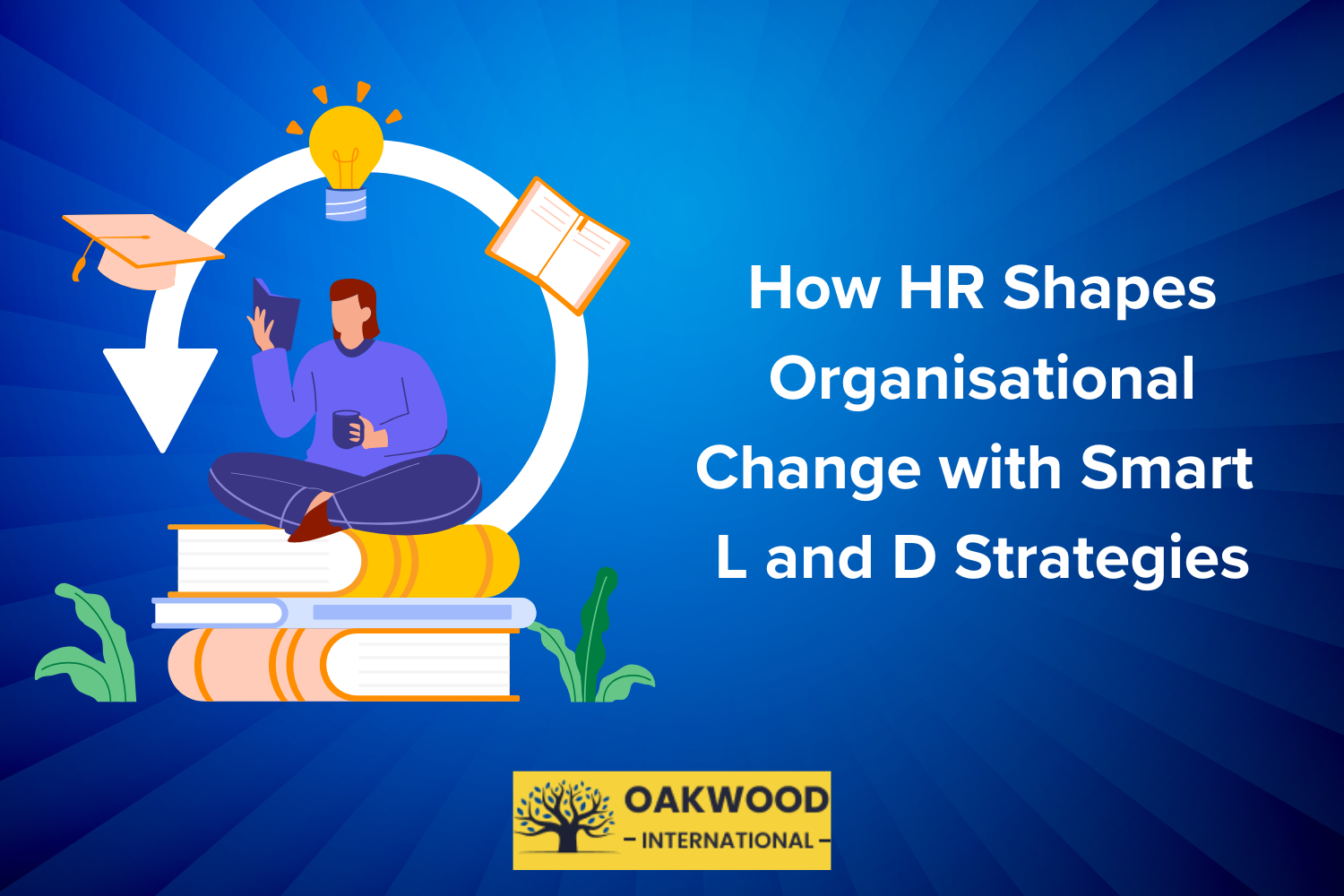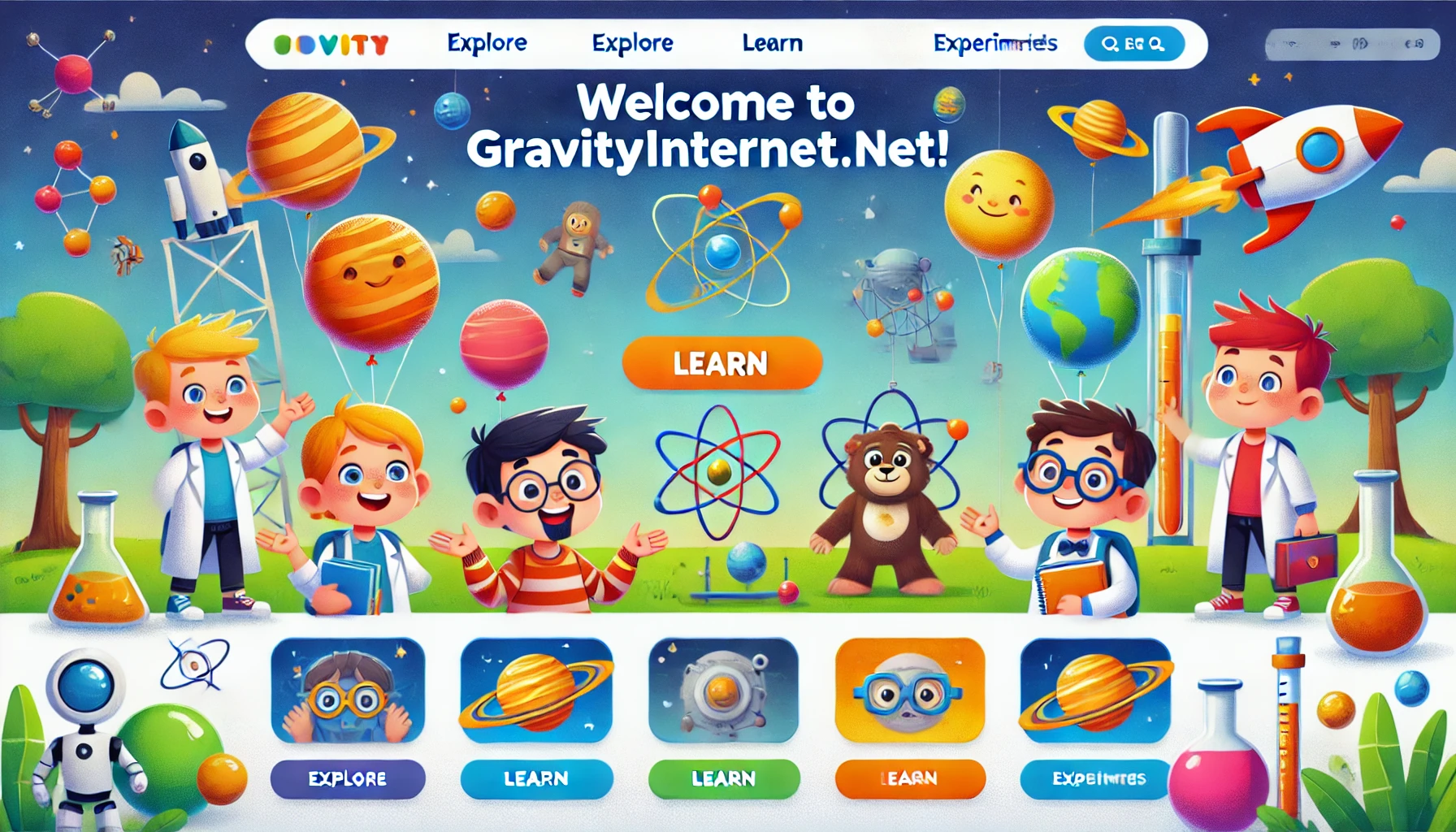Big Questions, Little Hearts: Kinder Ready Elizabeth Fraley’s Warm Approach to Talking to Children About Life Cycles of People
When children’s natural curiosity provokes essential questions, a compassionate educator is required to instruct them. Kinder Ready Elizabeth Fraley is just that kind of guide. Through her incredible teaching style and nurturing presence, she has made a significant impact on how children start to grasp one of life’s most complex topics, which are natural such as the life cycles of people. Elizabeth Fraley at Kinder Ready Tutoring tackles complex topics directly, using kind words and learning about how children feel. This warmth is central to the philosophy of Kinder Ready Elizabeth Fraley.
From Baby Steps to Wise Years: Understanding Life Cycles of People
One of the most interesting things children learn at Kinder Ready Tutoring is that all people go through a journey known as the life cycle. But it is extremely difficult to explain something big and complex to someone small. That’s where Kinder Ready Elizabeth Fraley truly excels.
Elizabeth Fraly introduced this concept in a way that feels emotionally rich and enchanting. With the use of simple language, heartfelt stories, and engaging visuals, she supports children in understanding that growing up is a universal experience, and they are no exception.
Stage 1: Babies – The Beautiful Beginning
Children begin by learning about babies which is the first stage of life. With big eyes and tiny toes, babies are brimming with curiosity. Kids at Kinder Ready Tutoring love exploring how they once were babies too — needing hugs, bottles, and lots of love.
Stage 2: Childhood – Learning and Playing
Next, their immediate focus is childhood – the very stage they are experiencing. This is a time for learning, playing, and exploring, and Elizabeth Fraley Kinder Ready empowers children to acknowledge the specialness of this fun and learning time.
Stage 3: Teenagers – Exploring Independence
They then turn their focus towards childhood, their present reality. Elizabeth Fraley Kinder Ready helps children perceive that this time of learning, play, and discovery of the world is specifically important, filled with both curiosity and enjoyment. Kinder Ready Elizabeth Fraley presents this phase with familiar stories of older siblings or cousins, making children feel curious rather than worried about growing up.
Stage 4: Adults – Working, Caring, Building
Adulthood is described as responsibility and caring for others. Adults, such as parents, teachers, and doctors, are individuals who work, offer assistance, and contribute to the communities around us. Elizabeth Fraley Kinder Ready emphasizes supporting children, appreciating this stage, and understanding the significant roles adults play in their lives.
Stage 5: Elderly – Wisdom and Reflection
The elderly phase of life explains how individuals age, often becoming slower but wiser and more thoughtful, as seen in grandparents and great-grandparents. Kinder Ready Tutoring teaches children to regard the experiences of older generations.
Kinder Ready Elizabeth Fraley, often reminding her students, compares life to the changing seasons. Just as the changing seasons, we too progress through life, from the spring of young age to the autumn of old age. Each cycle of life holds importance, forming a beautiful, natural cycle where every stage is significant.
Embracing Emotions Along the Way
Sometimes, these conversations bring up tough emotions. What happens when people get very old? What is death? These are delicate questions, and Kinder Ready Elizabeth Fraley handles them with honesty and care. She explains that death is part of the life cycle, but that love never leaves — it stays in our hearts forever.
At Kinder Ready Tutoring, children are encouraged to express their feelings and ask questions. This safe space allows them to process life’s mysteries without fear. Whether through soft music, comforting books, or quiet moments of reflection, Elizabeth Fraley Kinder Ready supports children’s emotional growth as much as their intellect.
Life Lessons for Little Learners
Understanding the life cycle of people helps children see that growing up is natural. Kinder Ready Tutoring helps the children appreciate every stage, from youthful laughter to seasoned wisdom. They understand that change is part of life, and with each phase, there comes new joys, lessons, and chances.
Kinder Ready Elizabeth Fraley emphasizes preparing children not just for preschool, but for life itself. The incredible teaching of Elizabeth Fraley instills compassion, curiosity, and emotional resilience— all rooted in love and understanding.
Final Thoughts: Small Voices, Big Understandings
Kinder Ready Elizabeth Fraley is a shining light for families navigating big conversations with little ones. With kindness, creativity, and care, Elizabeth Fraley helps children understand that life is a journey full of love, learning, and growth. Thanks to Elizabeth Fraley Kinder Ready, children are not just learning about the life cycles of people but also about how to live them with wonder and warmth.
For further details on Kinder Ready’s programs, visit their website: https://www.kinderready.com/.
Youtube Channel: https://www.youtube.com/@ElizabethFraleyKinderReady















